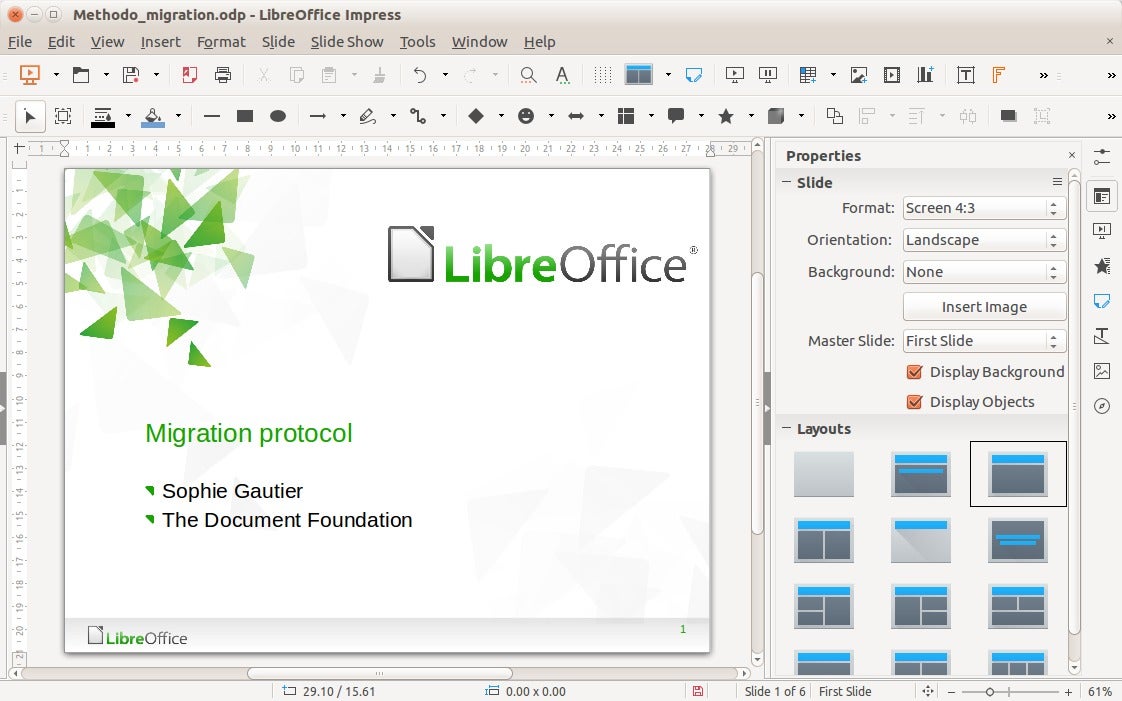

LIBREOFFICE BASIC DATE FUNCTIONS CODE
With this number format code you can represent any number as a time difference. I have long promised to write about the scripting language and creating macros in LibreOffice. This tutorial covers functions with examples. gsub () function replaces all matches of a string. Process Date and Time using various basic functions in LibreOffice Calc using macro. An easy example would be to use :MM:SS (am/pm makes no sense for time differences) which tells the number formatter that you don't want to calcuate times modulo 24 hours. Add the date that youll be delivering the letter, also in bold. In your case you want to show negative time (or time differences) so you want to represent negative numbers like -0.1 as -02:24:00 which requires you to adapt the number format code. The number format code that corresponds to 12:00:00 AM is HH:MM::SS AM/PM which says that the time should be calculated modulo 24 hours and AM/PM applied automatically. The second important thing to understand is that the number format code tells you how your value is interpreted. Now if you add the default time format you'll get something like 12:00:00 AM (for an en-US locale, for other locates the representation looks different). The value 1 represents 24 hours when formatted as time or one day past the zero date (can be changed in the options). Apply to this cell the Time format you desire, for example HH:MM:SS.The important part for working with time values as well as dates in LibreOffice (same is true for Excel) is to understand that these are just normal numbers with a special number format.Select the cell which has to show the elapsed time.When you want to calculate the time elapsed since the Start time, select an empty cell, e.g.Select the cell which has to contain the Start time, e.g.To display the elapsed time between Start and End time for a task, open the document which contains the macro. Date) Base item Selection of an element from the Selected base field (for example, Brigitte) Selection of an element from. You can assign a shortcut or a button to this macro, by applying the methods provided in that article.Save the macro, following the steps described in Using Macros.Give this macro a name, for example TimeStamp.In the Record Macro window, click on Stop Recording.In the warning dialog which opens, click Yes.In the Paste Special window which appears, uncheck all boxes except Strings.The Asc and Chr functions allow the Unicode value belonging to a character to be established and/or the corresponding character to be found for a Unicode value.

Choose Paste Special… in the Edit menu, or press the Shift-Command-V keys. When administering strings, Apache OpenOffice Basic uses the set of Unicode characters.Choose Copy in the Edit menu, or press the Command-C keys.To display the date and time in 02/15/08 10:30:35 format, or choose the format you wish. Select the cell which is to display the fixed timestamp.Choose Record Macro in the Macros sub-menu of the Tools menu.Select Date and Time in the Category section to display all the available formats.In a Calc document go to the Format menu then choose Cells… and click on the Numbers tab.In order to know all the available date and time formats: Sometimes, however you need to fix a date, for example to calculate the time which was necessary to perform a task. When you insert date and time in a Calc document by using the NOW() function, this data is updated every time you click on Recalculate in the Cell Contents sub-menu of the Tools menu and every time you open your document again after having saved it.


 0 kommentar(er)
0 kommentar(er)
